อาคารพิพิธภัณฑ์อู่เรือหลวงเฉลิมพระเกียรติ 84 พรรษา
อาคารพิพิธภัณฑ์อู่เรือหลวงเฉลิมพระเกียรติ 84 พรรษา
ที่ตั้ง เลขที่ 2 ถนนอรุณอมรินทร์ แขวงศิริราช เขตบางกอกน้อย กรุงเทพมหานคร
สถาปนิก/ผู้ออกแบบ ไม่ปรากฏหลักฐานชื่อผู้ออกแบบ
ผู้ครอบครอง กรมอู่ทหารเรือ
ปีที่สร้าง สมัยรัชกาลที่ 5
ประวัติ
อาคารพิพิธภัณฑ์อู่เรือหลวงเฉลิมพระเกียรติ 84 พรรษา ตั้งอยู่ในอาณาบริเวณพระนิเวศน์เดิมของพระบาทสมเด็จ พระพุทธยอดฟ้าจุฬาโลกมหาราช รัชกาลที่ 1 เมื่อครั้งทรงดำรงตำแหน่งเป็นสมเด็จเจ้าพระยามหากษัตริย์ศึก ในสมัยกรุงธนบุรีเป็นราชธานี ทรงย้ายนิวาสสถานจากบ้านอัมพวา สมุทรสงคราม มาสร้างจวนขึ้นใหม่ ณ บริเวณปากคลองมอญ ต่อมาได้ขยายพื้นที่ออกไปจนถึงอู่กำปั่นซึ่งอยู่ติดกับเขตวัดบางหว้าใหญ่ (วัดระฆังโฆสิตาราม) ครั้นเมื่อเสด็จขึ้นครองราชย์เป็นปฐมบรมกษัตริย์แห่งราชจักรีวงศ์ พระบาทสมเด็จพระพุทธยอดฟ้าจุฬาโลกมหาราชได้พระราชทานพื้นที่จวนเดิมให้เป็นวังที่ประทับของพระราชโอรสและพระราชวงศ์สืบแทนต่อมา จนกระทั่งเมื่อพระองค์เจ้ายุคันธร กรมหมื่นอนันตการฤทธิ์ เจ้านายองค์สุดท้ายซึ่งประทับ ณ พระนิเวศน์แห่งนี้ สิ้นพระชนม์ลงในปี พ.ศ. 2423 พระบาทสมเด็จพระจุลจอมเกล้าเจ้าอยู่หัว รัชกาลที่ 5 มิได้พระราชทานให้เจ้านายพระองค์ใดอีกต่อไป แต่พระราชทานให้แก่กรมทหารเรือ (กองทัพเรือในปัจจุบัน) เพื่อสร้างโรงงานกรมอู่หลวงและที่ทำการของกรมทหารเรือ พร้อมทั้งโปรดเกล้าฯ ให้สร้างอู่เรือไม้ขนาดใหญ่ขึ้นบริเวณข้างโรงหล่อด้านทิศใต้ของวัดระฆังโฆสิตาราม สำหรับซ่อมและสร้างเรือรบ โดยเสด็จพระราชดำเนินไปทรงเปิดอู่เรือหลวง เมื่อวันที่ 9 มกราคม พ.ศ. 2433อาคารพิพิธภัณฑ์อู่เรือหลวงเฉลิมพระเกียรติ 84 พรรษา เป็นอาคารหลังหนึ่งที่สร้างขึ้นในห้วงเวลานั้น สำหรับใช้ปฏิบัติงานในการกำกับและดูแลการซ่อมและสร้างเรือรบ ปรากฏหลักฐานใน พ.ศ. 2458 เป็นที่ทำการของกองสารวัตรช่าง ทำหน้าที่ตรวจสอบการชำรุดของเรือรบ เพื่อนำไปประเมินและวางแผนการซ่อมทำ และกองออกแบบ ทำหน้าที่ออกแบบการต่อเรือรบ หลังจากนั้นมีหน่วยงานหลายหน่วยงานในสังกัดกรมยุทธโยธาทหารเรือ (กรมอู่ทหารเรือในปัจจุบัน) ได้ผลัดเปลี่ยนเข้ามาใช้ จวบจน พ.ศ. 2512 เป็นที่ทำการของกองโรงงานเครื่องกล อู่ทหารเรือธนบุรี โดยส่วนปีกของอาคารทั้งสองด้านเป็นพื้นที่ซ่อมทำเครื่องยนต์ขนาดเล็กสำหรับเรือรบ และในเวลาต่อมาเป็นสถานที่ปฏิบัติงานของแผนกโรงงานเครื่องกล กองโรงงาน อู่ทหารเรือธนบุรี ต่อมาในปี พ.ศ. 2551 กรมอู่ทหารเรือจัดทำโครงการ “พิพิธภัณฑ์อู่เรือหลวงเฉลิมพระเกียรติ 84 พรรษา” และได้บูรณะและปรับปรุงอาคารเป็นพิพิธภัณฑ์ เพื่อเฉลิมพระเกียรติพระบาทสมเด็จพระเจ้าอยู่หัว เนื่องในโอกาสพระราชพิธีมหามงคลเฉลิมพระชนมพรรษา 7 รอบ วันที่ 5 ธันวาคม พ.ศ. 2554
อาคารพิพิธภัณฑ์อู่เรือหลวงเฉลิมพระเกียรติ 84 พรรษา มีลักษณะสถาปัตยกรรมแบบเรือนขนมปังขิง กว้าง 23 เมตร ยาว 31 เมตร สูง 2 ชั้น ชั้นล่างก่ออิฐถือปูน พื้นชั้นล่างเป็นกระเบื้อง ชั้นบนเป็นไม้ พื้นชั้นบนเป็นพื้นเป็นไม้สัก หลังคาทรงปั้นหยามุงด้วยกระเบื้องซีเมนต์รูปว่าวสีเทา เชิงชายประดับด้วยไม้ฉลุลวดชายน้ำ บันไดอยู่นอกอาคารด้านหน้า 2 ทาง และด้านหลัง 1 ทาง มุขด้านหน้าเป็นห้องโถงมีเพดานโค้ง จุดเด่นของอาคาร คือ หน้าจั่วด้านหน้าอาคารประดับเครื่องหมายและสัญลักษณ์ของกองทัพเรือ ใต้หน้าจั่วแกะสลักเป็นรูปเครื่องมือช่างต่าง ๆ เช่น เลื่อย ลูกดิ่ง ไม้บรรทัด ท่ามกลางลวดลายไม้ฉลุสวยงาม
อาคารพิพิธภัณฑ์อู่เรือหลวงเฉลิมพระเกียรติ 84 พรรษา แสดงให้เห็นถึงความตั้งใจขอกรมอู่ทหารเรือที่จะอนุรักษ์อาคารที่มีคุณค่าทางประวัติศาสตร์และสถาปัตยกรรมเพื่อให้สาธารณชนและอนุชนรุ่นหลังได้ชื่นชม อันจะก่อให้เกิดความภาคภูมิใจ ความรัก ความหวงแหนและมีจิตสำนึกในการรักษามรดกวัฒนธรรมของชาติ รวมทั้งได้เรียนรู้เรื่องราวทางประวัติศาสตร์ของพื้นที่และองค์ความรู้ที่จัดแสดงในพิพิธภัณฑ์ สำหรับการปรับปรุงฟื้นฟูอาคารใช้วิธีซ่อมแซมโครงสร้างอาคารให้มีความแข็งแรงคงทน รักษารูปแบบสถาปัตยกรรมดั้งเดิมไว้ เพิ่มมุขด้านหลังอาคารชั้นล่างสำหรับเป็นห้องจัดกิจกรรมทางวิชาการ เปลี่ยนหลังคาเป็นกระเบื้องว่าว และทาสีอาคาร ปรับพื้นที่ใช้สอยภายในและตกแต่งใหม่ จัดทำส่วนจัดแสดงนิทรรศการถาวร ซึ่งมีพิธีเปิดพิพิธภัณฑ์ เมื่อวันที่ 25 สิงหาคม พ.ศ. 2554 ปัจจุบัน พิพิธภัณฑ์อู่เรือหลวงเฉลิมพระเกียรติ 84 พรรษา เป็นศูนย์รวมในการเก็บรักษา อนุรักษ์ และจัดแสดงอุปกรณ์เครื่องมือเครื่องใช้ทางช่าง เครื่องจักรกล และเอกสารอันทรงคุณค่าที่เกี่ยวข้องกับการซ่อมสร้างเรือ เป็นแหล่งเรียนรู้พระมหากรุณาธิคุณและพระปรีชาสามารถของพระบาทสมเด็จพระเจ้าอยู่หัวด้านการต่อเรือ การสร้างเรือรบตามแนวพระราชดำริ รวมทั้งเป็นศูนย์รวมองค์ความรู้ด้านการต่อเรือรบ เรือพระที่นั่ง งานอู่เรือ และอุตสาหกรรมต่อเรือของประเทศ ตลอดจนผลงานทางช่างของกรมอู่ทหารเรือ เปิดให้นักเรียน นิสิต นักศึกษา และประชาชนทั่วไปเข้าชมโดยไม่เก็บค่าเข้าชมพิพิธภัณฑ์อู่เรือหลวงเฉลิมพระเกียรติ 84 พรรษา เป็นอาคารเพียงหลังเดียวในส่วนราชการกองทัพเรือในอาณาบริเวณพระนิเวศน์เดิมของรัชกาลที่ 1 ที่ยังคงสภาพอยู่ถึงปัจจุบันและได้รับการอนุรักษ์เพื่อให้สาธารณชนได้ศึกษาและชื่นชมความงดงามของศิลปะสถาปัตยกรรมของชาติ
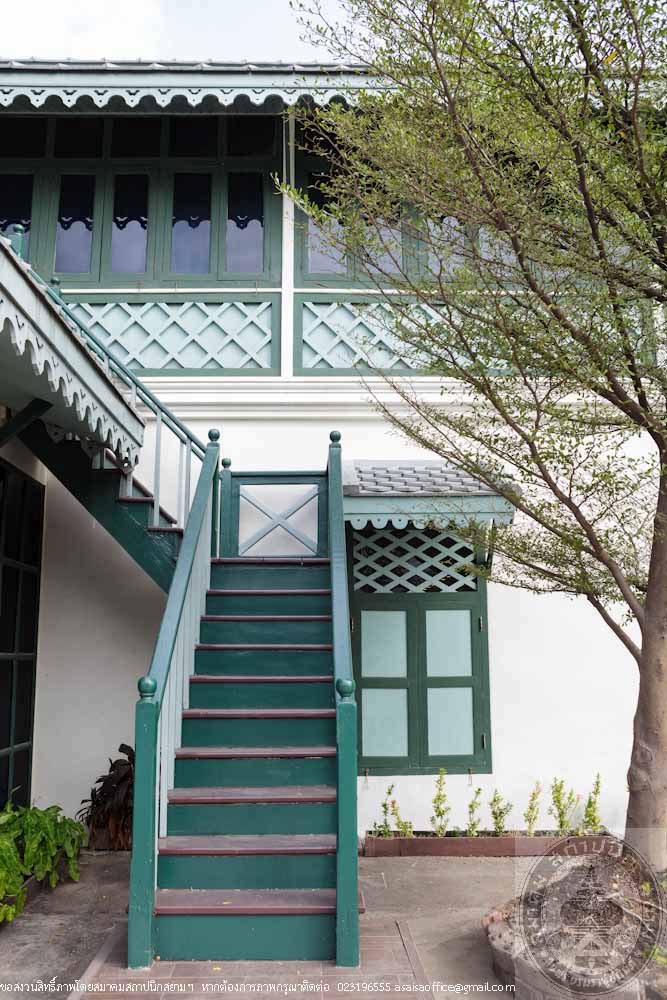
อาคารพิพิธภัณฑ์อู่เรือหลวงเฉลิมพระเกียรติ

อาคารพิพิธภัณฑ์อู่เรือหลวงเฉลิมพระเกียรติ
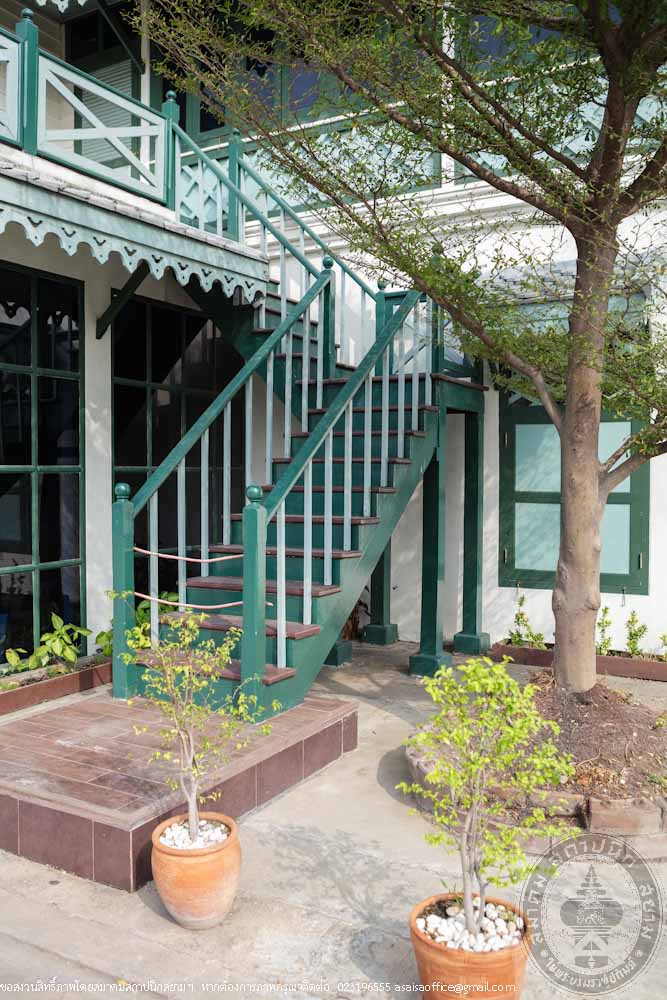
อาคารพิพิธภัณฑ์อู่เรือหลวงเฉลิมพระเกียรติ

อาคารพิพิธภัณฑ์อู่เรือหลวงเฉลิมพระเกียรติ
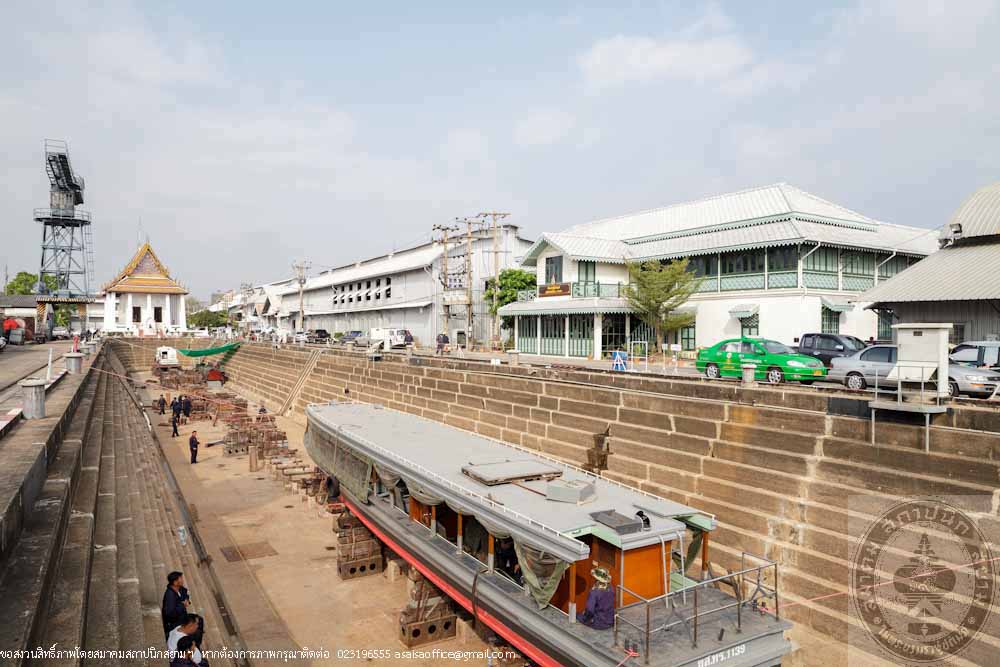
อาคารพิพิธภัณฑ์อู่เรือหลวงเฉลิมพระเกียรติ
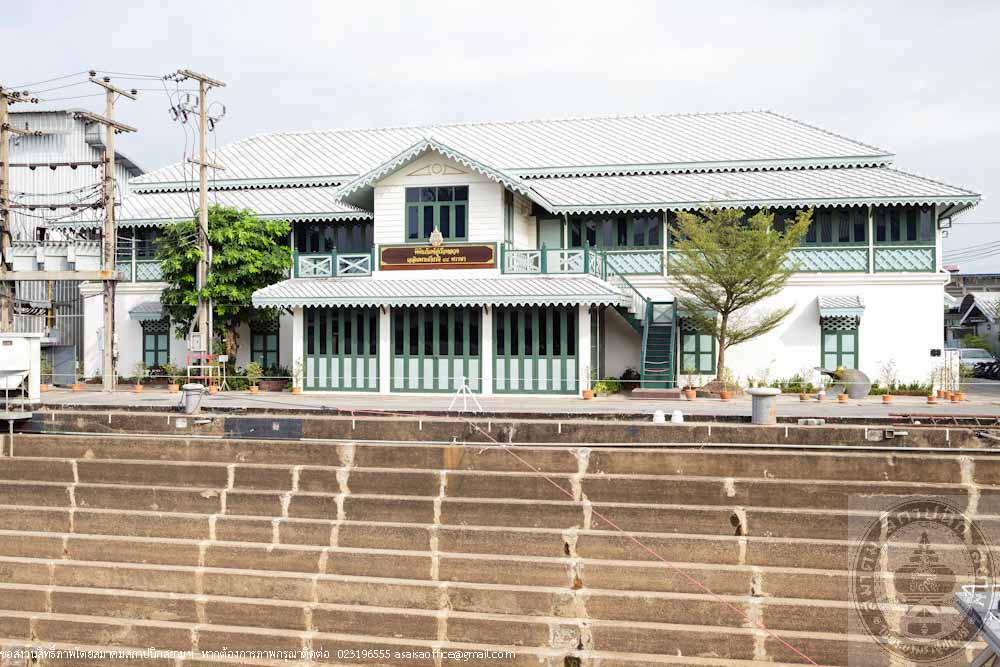
อาคารพิพิธภัณฑ์อู่เรือหลวงเฉลิมพระเกียรติ
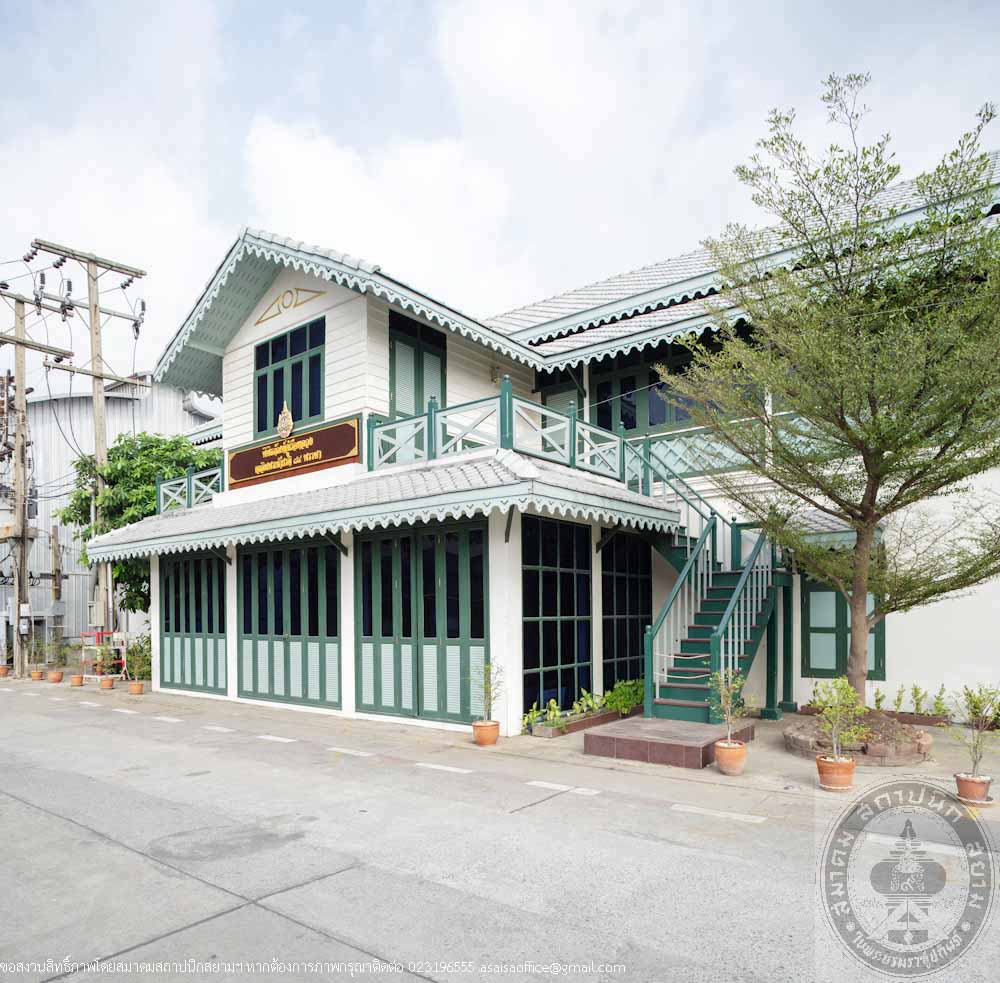
อาคารพิพิธภัณฑ์อู่เรือหลวงเฉลิมพระเกียรติ
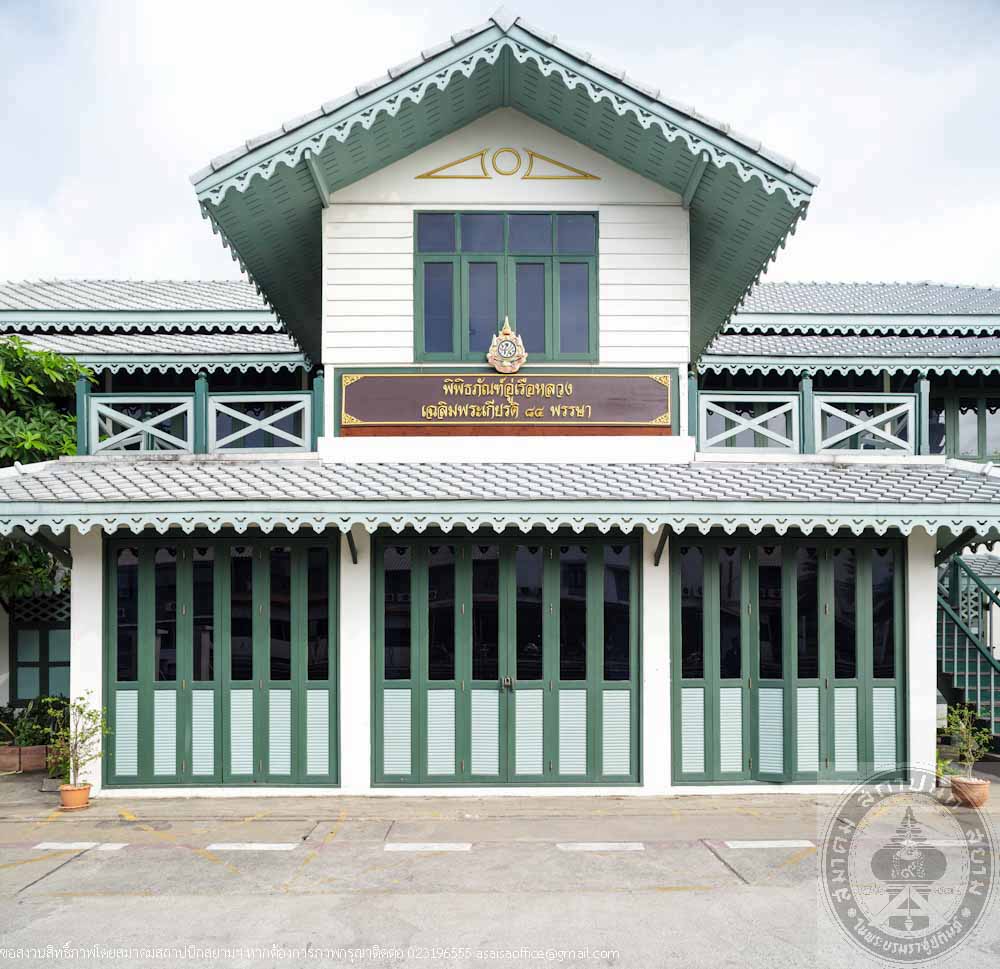
อาคารพิพิธภัณฑ์อู่เรือหลวงเฉลิมพระเกียรติ
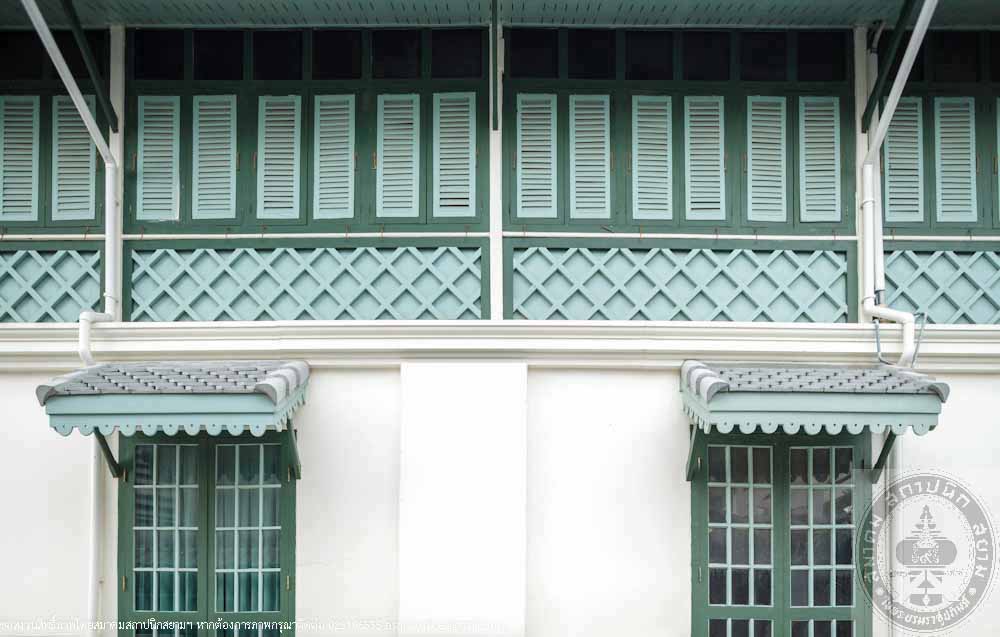
อาคารพิพิธภัณฑ์อู่เรือหลวงเฉลิมพระเกียรติ
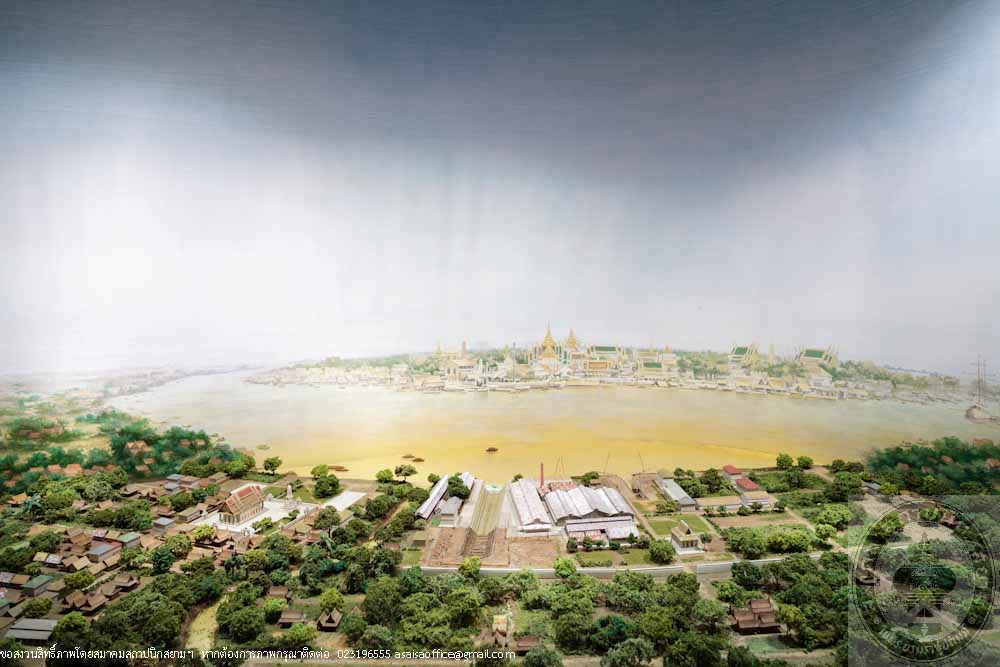
อาคารพิพิธภัณฑ์อู่เรือหลวงเฉลิมพระเกียรติ
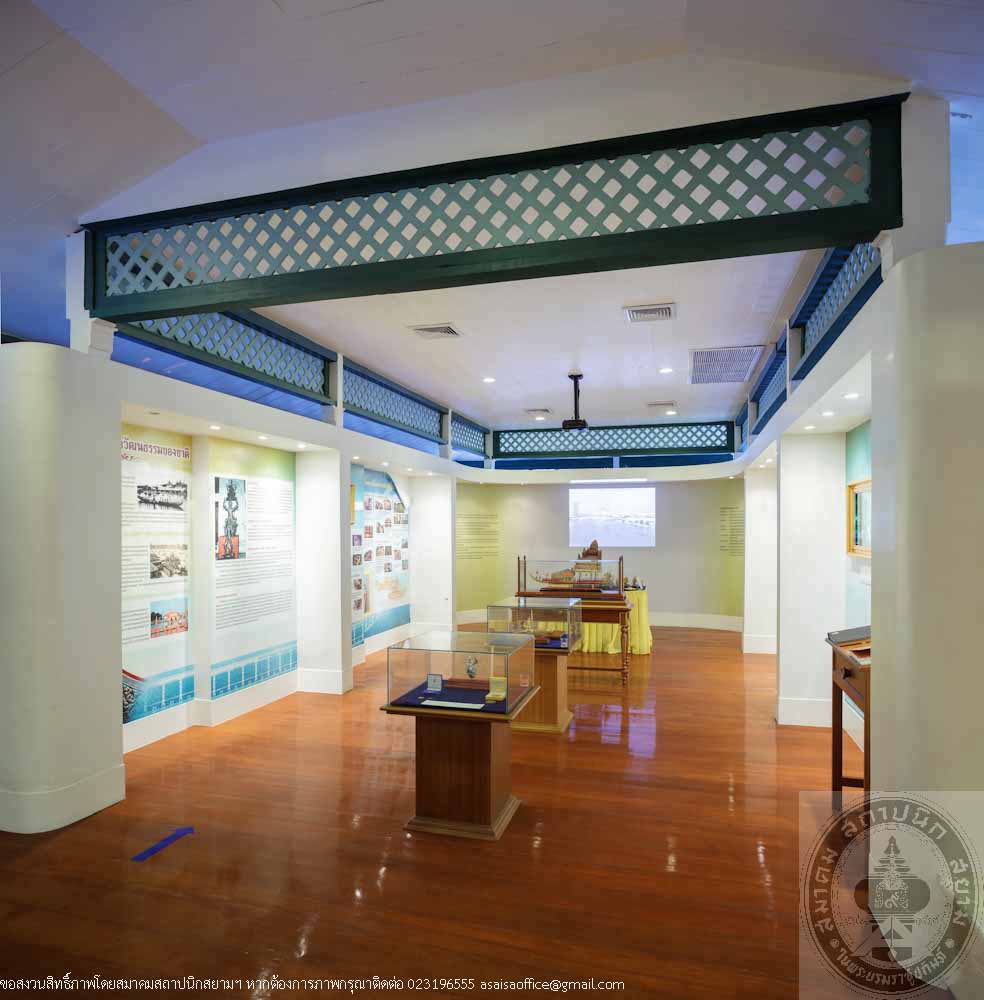
อาคารพิพิธภัณฑ์อู่เรือหลวงเฉลิมพระเกียรติ

อาคารพิพิธภัณฑ์อู่เรือหลวงเฉลิมพระเกียรติ
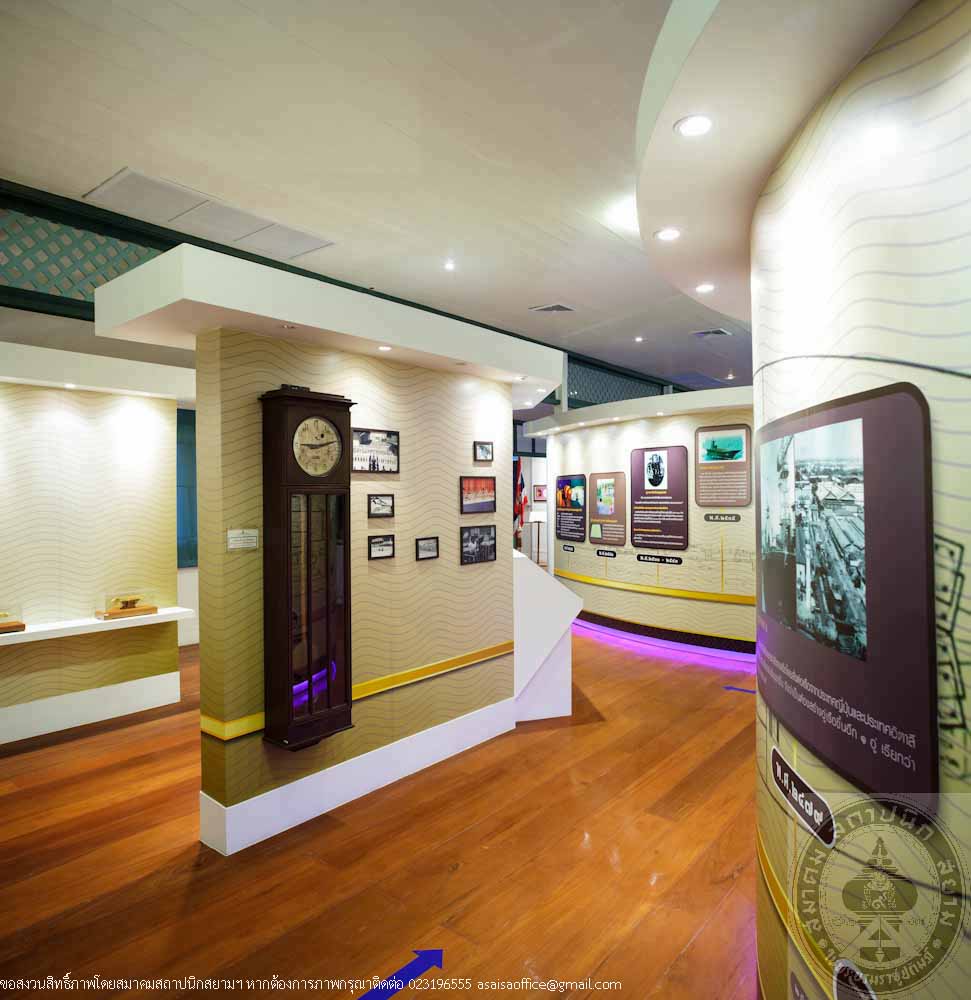
อาคารพิพิธภัณฑ์อู่เรือหลวงเฉลิมพระเกียรติ

อาคารพิพิธภัณฑ์อู่เรือหลวงเฉลิมพระเกียรติ
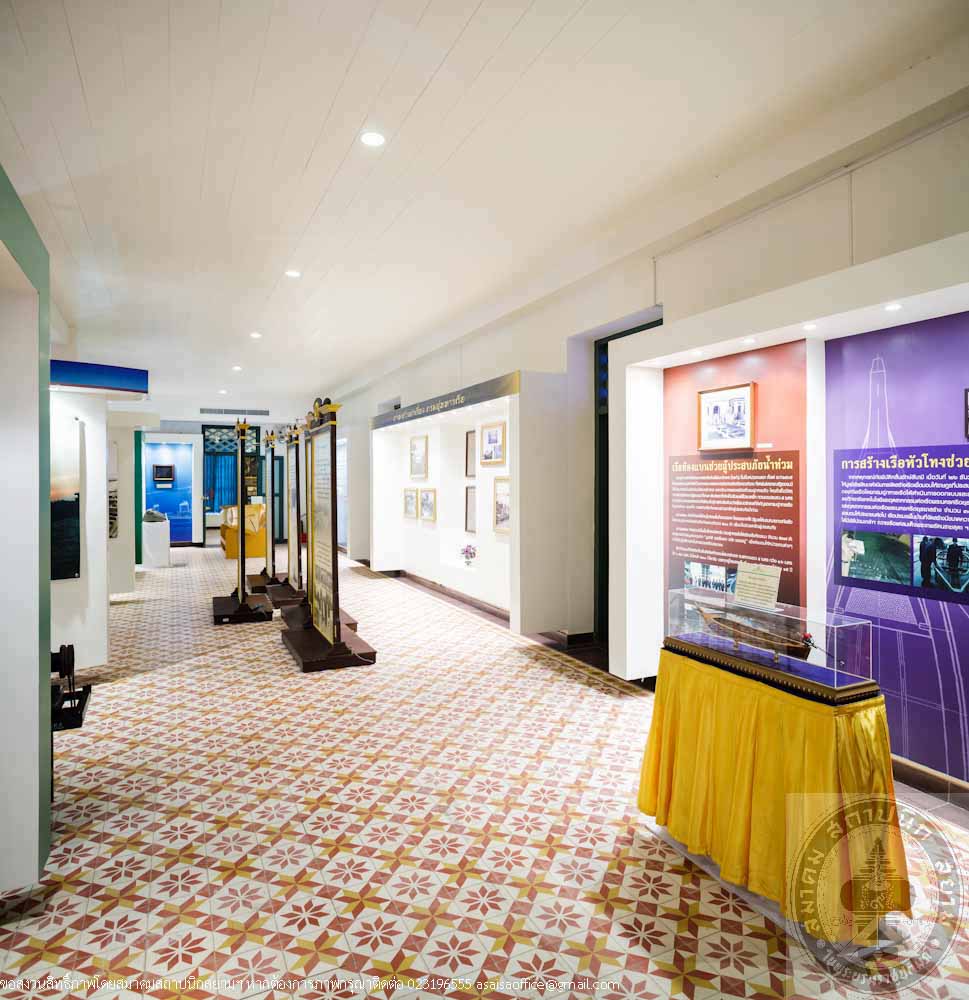
อาคารพิพิธภัณฑ์อู่เรือหลวงเฉลิมพระเกียรติ

อาคารพิพิธภัณฑ์อู่เรือหลวงเฉลิมพระเกียรติ
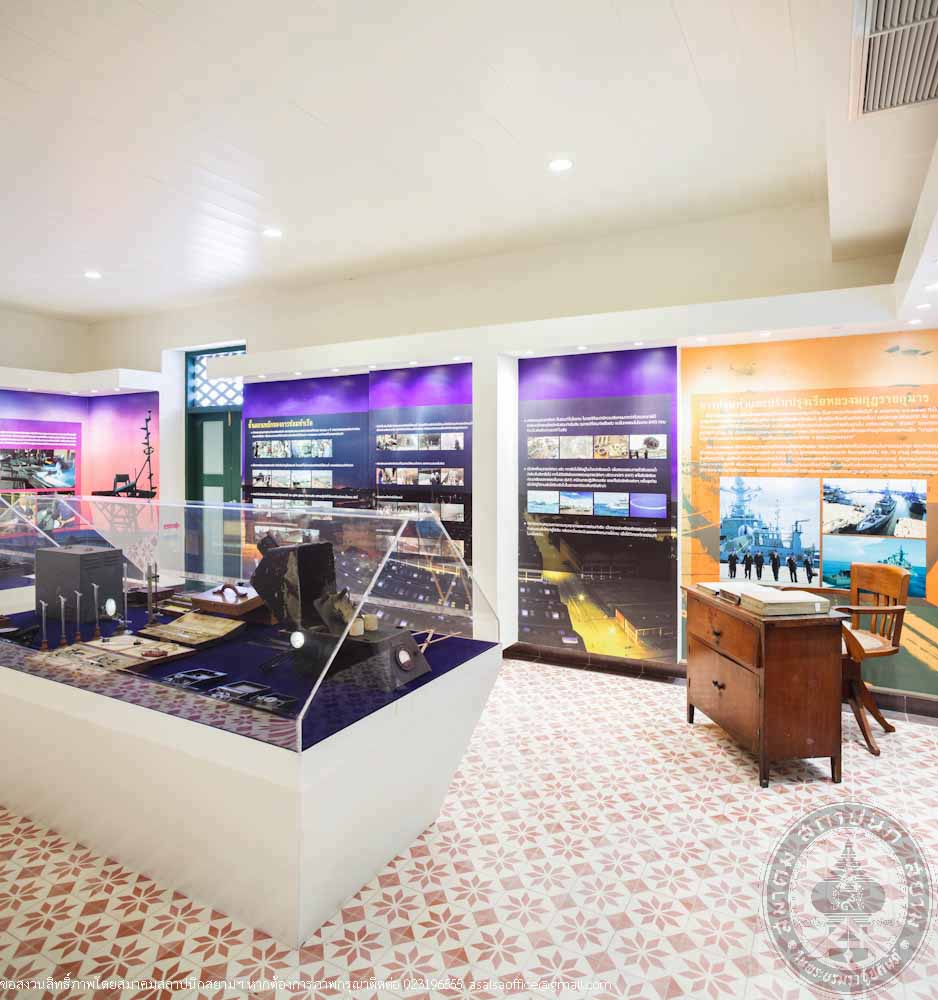
อาคารพิพิธภัณฑ์อู่เรือหลวงเฉลิมพระเกียรติ

อาคารพิพิธภัณฑ์อู่เรือหลวงเฉลิมพระเกียรติ
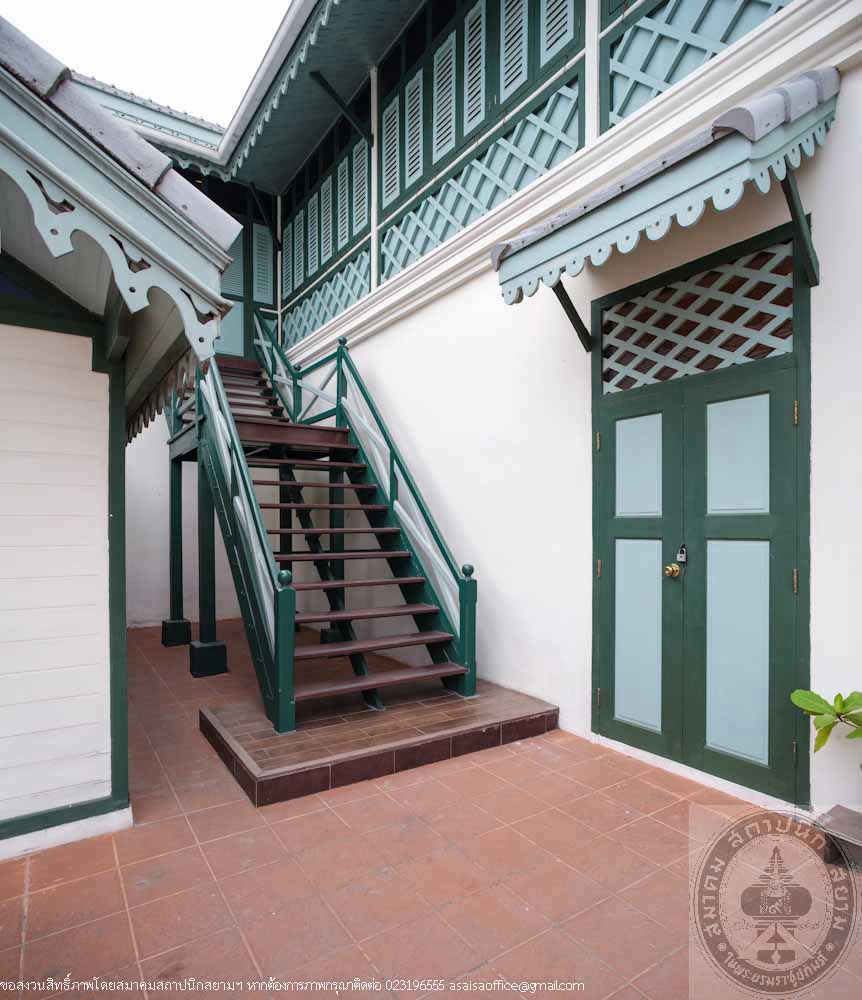
อาคารพิพิธภัณฑ์อู่เรือหลวงเฉลิมพระเกียรติ
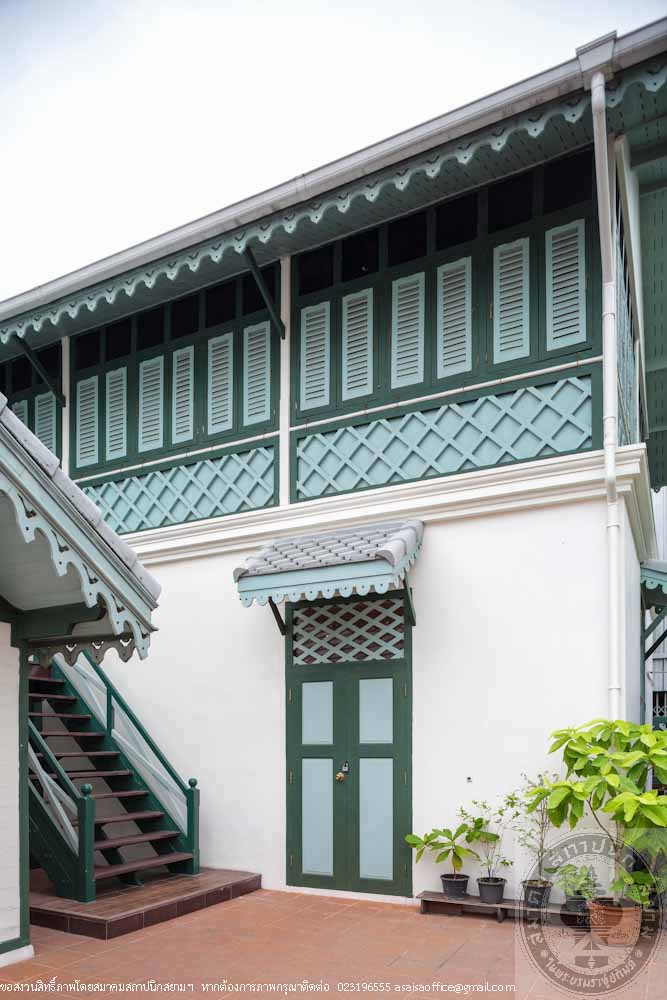
อาคารพิพิธภัณฑ์อู่เรือหลวงเฉลิมพระเกียรติ

อาคารพิพิธภัณฑ์อู่เรือหลวงเฉลิมพระเกียรติ
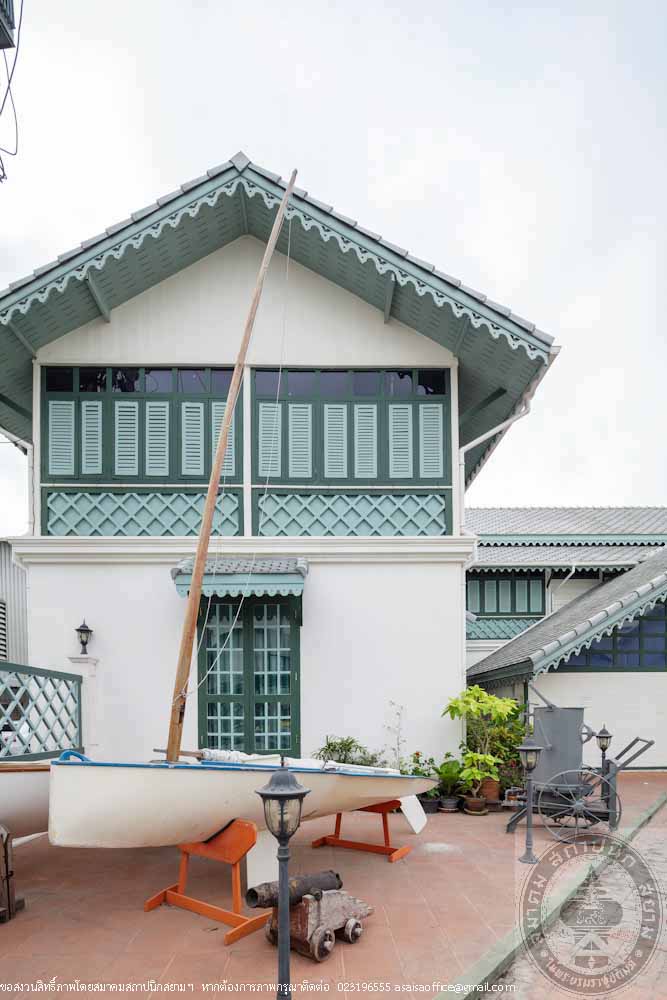
อาคารพิพิธภัณฑ์อู่เรือหลวงเฉลิมพระเกียรติ

อาคารพิพิธภัณฑ์อู่เรือหลวงเฉลิมพระเกียรติ
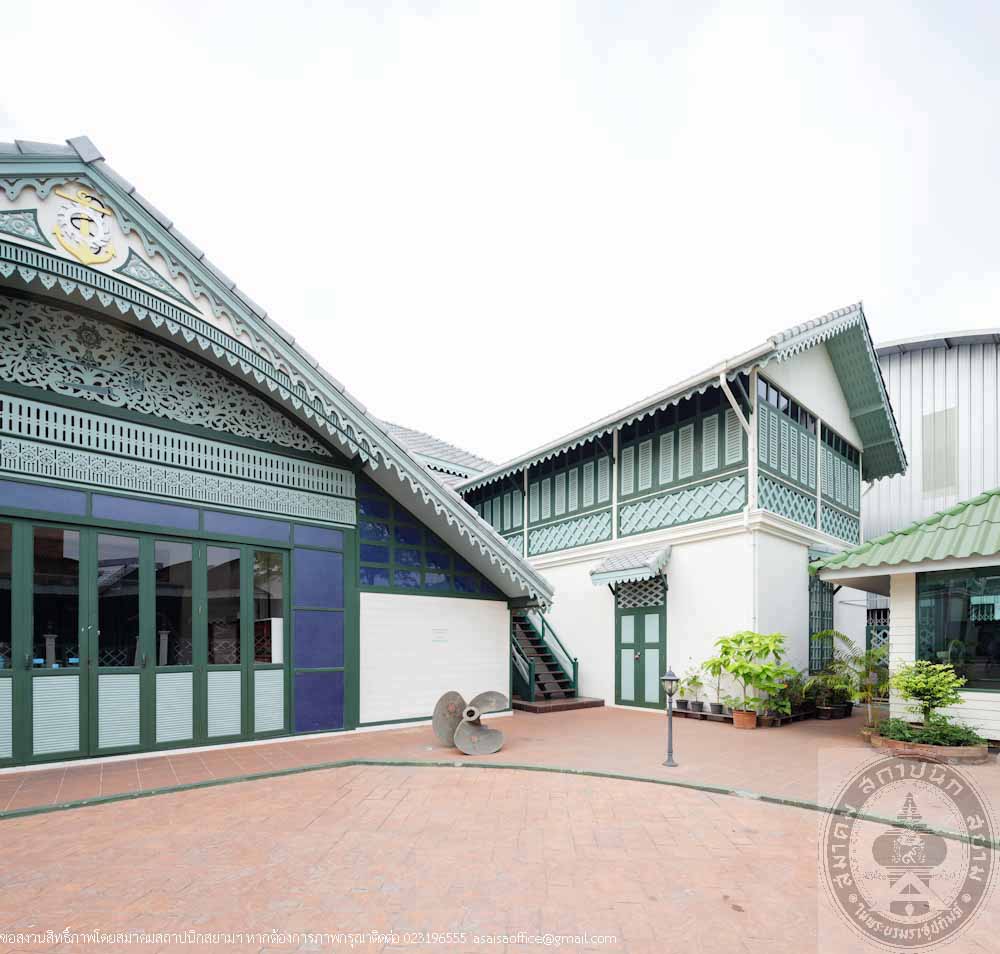
อาคารพิพิธภัณฑ์อู่เรือหลวงเฉลิมพระเกียรติ

อาคารพิพิธภัณฑ์อู่เรือหลวงเฉลิมพระเกียรติ
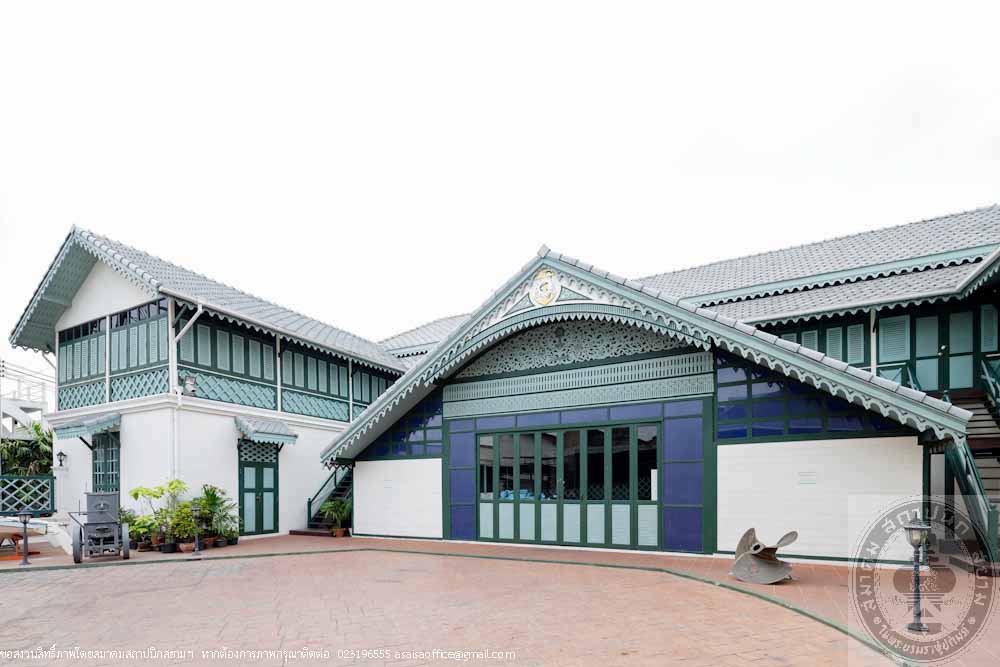
อาคารพิพิธภัณฑ์อู่เรือหลวงเฉลิมพระเกียรติ
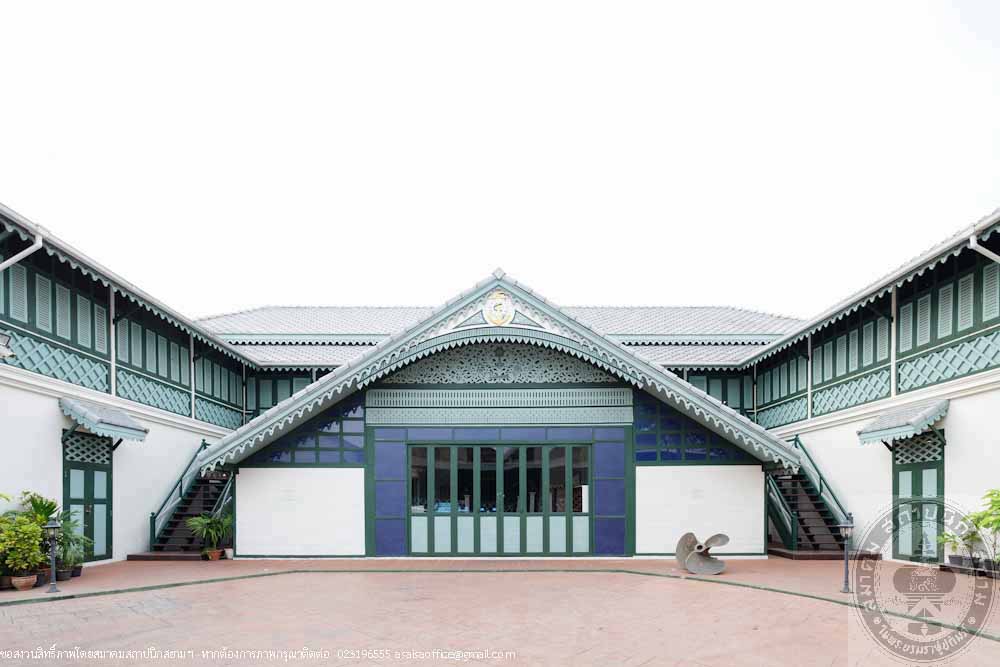
อาคารพิพิธภัณฑ์อู่เรือหลวงเฉลิมพระเกียรติ
-

อาคารพิพิธภัณฑ์อู่เรือหลวงเฉลิมพระเกียรติ
-

อาคารพิพิธภัณฑ์อู่เรือหลวงเฉลิมพระเกียรติ
-

อาคารพิพิธภัณฑ์อู่เรือหลวงเฉลิมพระเกียรติ
-

อาคารพิพิธภัณฑ์อู่เรือหลวงเฉลิมพระเกียรติ
-

อาคารพิพิธภัณฑ์อู่เรือหลวงเฉลิมพระเกียรติ
-

อาคารพิพิธภัณฑ์อู่เรือหลวงเฉลิมพระเกียรติ
-

อาคารพิพิธภัณฑ์อู่เรือหลวงเฉลิมพระเกียรติ
-

อาคารพิพิธภัณฑ์อู่เรือหลวงเฉลิมพระเกียรติ
-

อาคารพิพิธภัณฑ์อู่เรือหลวงเฉลิมพระเกียรติ
-

อาคารพิพิธภัณฑ์อู่เรือหลวงเฉลิมพระเกียรติ
-

อาคารพิพิธภัณฑ์อู่เรือหลวงเฉลิมพระเกียรติ
-

อาคารพิพิธภัณฑ์อู่เรือหลวงเฉลิมพระเกียรติ
-

อาคารพิพิธภัณฑ์อู่เรือหลวงเฉลิมพระเกียรติ
-

อาคารพิพิธภัณฑ์อู่เรือหลวงเฉลิมพระเกียรติ
-

อาคารพิพิธภัณฑ์อู่เรือหลวงเฉลิมพระเกียรติ
-

อาคารพิพิธภัณฑ์อู่เรือหลวงเฉลิมพระเกียรติ
-

อาคารพิพิธภัณฑ์อู่เรือหลวงเฉลิมพระเกียรติ
-

อาคารพิพิธภัณฑ์อู่เรือหลวงเฉลิมพระเกียรติ
-

อาคารพิพิธภัณฑ์อู่เรือหลวงเฉลิมพระเกียรติ
-

อาคารพิพิธภัณฑ์อู่เรือหลวงเฉลิมพระเกียรติ
-

อาคารพิพิธภัณฑ์อู่เรือหลวงเฉลิมพระเกียรติ
-

อาคารพิพิธภัณฑ์อู่เรือหลวงเฉลิมพระเกียรติ
-

อาคารพิพิธภัณฑ์อู่เรือหลวงเฉลิมพระเกียรติ
-

อาคารพิพิธภัณฑ์อู่เรือหลวงเฉลิมพระเกียรติ
-

อาคารพิพิธภัณฑ์อู่เรือหลวงเฉลิมพระเกียรติ
-

อาคารพิพิธภัณฑ์อู่เรือหลวงเฉลิมพระเกียรติ
-

อาคารพิพิธภัณฑ์อู่เรือหลวงเฉลิมพระเกียรติ
The Royal Thai Dockyard Museum
Location 2 Arun-amarin Road, Siriraj, Bangkoknoi, Bangkok
Architect/ Designer Unknown
Owner Naval Dockyard Department
Year Built The reign of King Rama V
History
The Royal Thai Dockyard Museum in honor of His Majesty the King’s 84th Birthday is located inside the old palace compound of King Buddha Yodfa Chulalok the Great (Rama I) while still holding the title of Chao Phraya Maha Kasatsuek during the time Thonburi was the capital city of Siam. He moved from Amphawa, Samutsongkram to build his new residence on the mouth of the Mon canal. It was later expanded towards the dockyard right next to Wat Bang Wa Yai (Wat Rakang Kositaram.) When he ascended to the throne as the first monarch of the reigning house of Chakri, King Buddha Yodfa Chulalok the Great gave his old palace area and built a new palace for his son which was inherited within his family until Phra Ong Chao Yukhanthorn Krommuen Anantakarnriti, the last royalty to reside at this palace, passed away in 1880. King Chulalongkorn (Rama V) did not give the palace to any other royalties but gave it up to the Royal Dockyard (Naval Dockyard Department at present) to establish dockyard plant and the Royal Dockyard office as well as building a large wooden dockyard in the area next to the foundry on the southern side of Wat Rakang Kositaram to be ship repair and warship building facilities. The King officially opened the Royal Dockyard on January 9, 1891. The Royal Thai Dockyard Museum building in honor of H.M. the King’s 84th Birthday was one of the structures built within that period to house a unit that operate and manage the ship repair and building. According to the evidence from 1915, the building once housed the Engineer Inspector Unit in charge of inspecting the damages of warships, to evaluate and plan the repair and the Design Unit that design warship. After that, many other departments under the Royal Dockyard Department took turn occupying the building until 1969 when it became an office of Mechanical Engineer Factory Unit of Thonburi Naval Shipyard. Both wings of the building became the warship’s small engine repair shops and was later occupied by the Mechanical Engineer Factory, Factory Division of Thonburi Naval Shipyard. In 2008, the Department of the Naval Shipyard initiated the projects "The Royal Thai Dockyard Museum in honor of H.M. the King’s 84th Birthday” and has restored the building into the museum in commemorations of the celebration on the auspicious occasion of H.M. the King’s 7th cycle Birthday on December 5, 2011
The building of the Royal Thai Dockyard Museum in honor of H.M. the King’s 84th Birthday was built of gingerbread styled architecture. First floor of the building was brick masonry with tile floor while the second floor was wood structure with teak wood flooring. Hip roof covered with grey kite-shaped tiles Perforated wood panels covering the side of roof eaves. There were two sets of stairs in the front of the building and one in the back. The front porch with entry hall and vaulted ceiling. The outstanding feature of the building is the navy seal on the front gable. Underneath the gable featured carvings of various hand tools such as saw, plummet and ruler among charming perforated wood panels.
Royal Thai Dockyard Museum buildings demonstrated the intent of the Naval Dockyard Department to preserve buildings with historical and architectural values for the people of the next generation. It was believed that the sense of history can contribute to community pride, affection, sense of ownership and could lead to the urge to help preserve the cultural heritage of the nation. To get to know the history of the area and learn from the exhibits displayed in the museum. The restoration works included structural repairs and strengthening while maintaining its original architecture. A porch was added in the back of the building on the first floor to accommodate academic activities. Old roofing was replaced with kite shaped tile. New paint. The building’s interior received an alteration and a new décor to create permanent exhibition space. The opening ceremony of the museum took place on August 25, 2013. Today, the Royal Thai Dockyard Museum in honor of H.M. the King’s 84th Birthday is the center for preservation and exhibition of technical tools, machines and valuable documents related to boat repair and building. Parts of the displays were to educate visitor of the King’s grace and wisdom in boat building, warship building under the Royal Initiative of His Majesty the King as well as being the center of knowledge and techniques in building warship, royal barge, dockyard works and the country’s boat building industry and the engineering work of the Naval Dockyard Department. The museum is open to students and general public free of charge. The Royal Thai Dockyard Museum in honor of H.M. the King’s 84th Birthday was the only naval official building located at the original site of King Rama I residential compound that still stand today. The well-preserved building encouraged the people to learn and appreciate the beauty of arts and architecture of the nation.